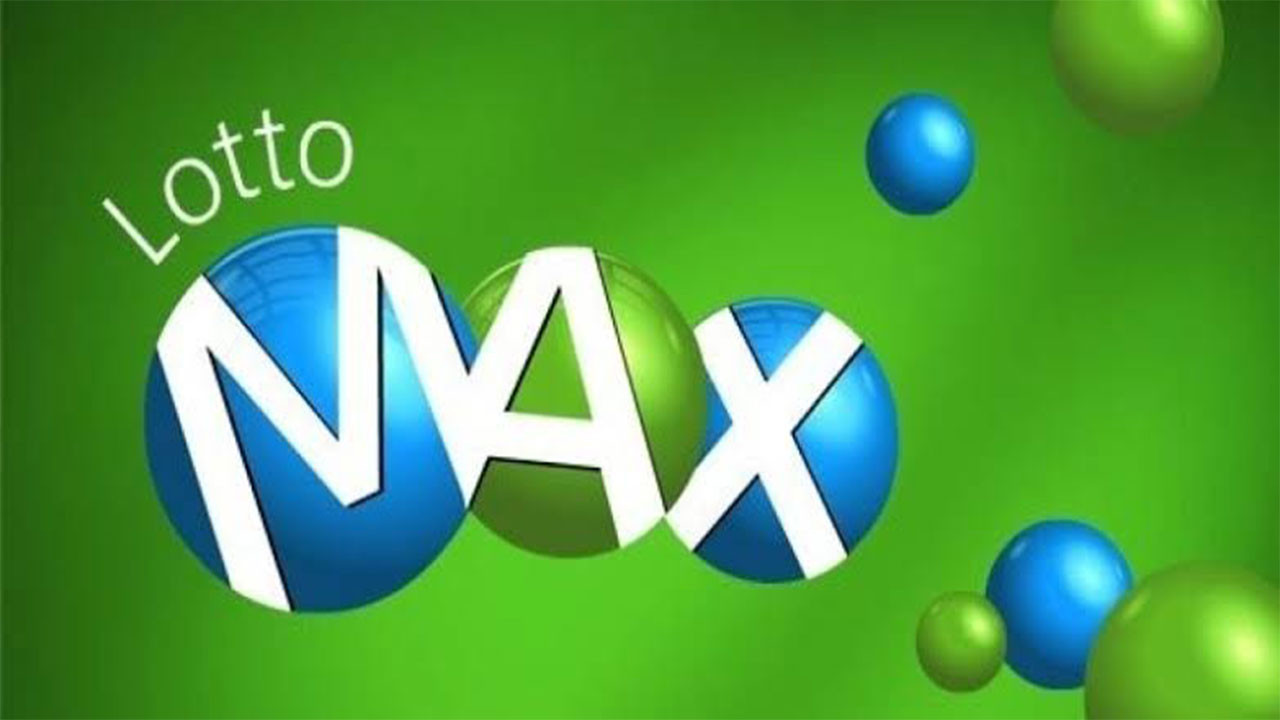Australia's economy grew at its slowest pace in three decades, raising concerns about a potential recession. The Australian Bureau of Statistics (ABS) reported on Wednesday that the country's Gross Domestic Product (GDP) expanded by a meager 0.2% in the second quarter (Q2) of 2024, compared to the 0.1% growth in the first quarter. This reading fell short of market expectations of 0.3%.
The annual first-quarter GDP growth was 1.0%, a slight dip from the 1.1% growth in Q1 but in line with the consensus of a 1.0% increase. These figures indicate a sluggish economic performance, with the latest growth rate being the weakest since the coronavirus-led recession in 2020.
The Australian Dollar Takes a Hit
The disappointing GDP figures sent the Australian Dollar (AUD) tumbling against major currencies. The AUD/USD pair was trading at 0.6700, down 0.15% on the day, indicating a loss of confidence in the Australian economy. The Australian Dollar was the strongest against the New Zealand Dollar.
Reserve Bank of Australia on a Tightrope
Despite the tepid growth, the Reserve Bank of Australia (RBA) is among those that maintain interest rates unchanged at multi-year highs. The Official Cash Rate (OCR) was lifted for the last time in November 2023 and currently stands at 4.35%. The RBA is not considering trimming interest rates anytime soon as inflationary pressures have remained high. The latest data available shows that consumer prices rose by 3.5% in the year to July, down from the 3.8% pace recorded in the 12 months to June. The RBA’s mandate is to keep annual consumer price inflation between 2% and 3%.
The Balancing Act Between Growth and Inflation
High interest rates usually translate into slower economic progress due to higher financial costs. To stimulate growth, the central bank would need to lower the OCR. However, boosting the economy is not within the RBA’s mandate. Theoretically, growth-related figures should not affect policymakers’ decisions; however, they do. RBA officials will not acknowledge concerns on the matter but rather maintain the focus on inflation.
Market Reaction: Uncertainty Looms
Market participants will likely assess how the GDP outcome could affect the upcoming RBA decision. Faster-than-anticipated growth would have a positive impact on the AUD as it would reflect economic progress and ease concerns of higher interest rates. However, softer-than-expected progress could trigger multiple alarms. Not only would it push the AUD lower, but it would also fuel speculation that the RBA should speed up its decision to trim interest rates, which would negatively affect the local currency.
Analysts Weigh In
Valeria Bednark, FXStreet Chief Analyst, noted that the Aussie is under strong selling pressure ahead of the announcement, with AUD/USD trading at around 0.6740. The pair fell amid mounting risk aversion ahead of the release of United States (US) employment-related figures scheduled throughout the rest of the week. The US Dollar benefits from the dismal mood, which means that AUD/USD could easily pierce the 0.6700 mark with GDP figures below expected. Bednark also added that upbeat figures could trigger AUD near-term demand, but if risk aversion persists, gains could be limited. Even further, AUD/USD may resume its decline after the dust settles.
A Deeper Dive into GDP
A country’s Gross Domestic Product (GDP) measures the rate of growth of its economy over a given period of time, usually a quarter. The most reliable figures are those that compare GDP to the previous quarter, e.g., Q2 of 2023 vs Q1 of 2023, or to the same period in the previous year, e.g., Q2 of 2023 vs Q2 of 2022. Annualized quarterly GDP figures extrapolate the growth rate of the quarter as if it were constant for the rest of the year. These can be misleading, however, if temporary shocks impact growth in one quarter but are unlikely to last all year—such as happened in the first quarter of 2020 at the outbreak of the covid pandemic, when growth plummeted.
GDP's Impact on Currencies and the Gold Market
A higher GDP result is generally positive for a nation’s currency as it reflects a growing economy, which is more likely to produce goods and services that can be exported, as well as attracting higher foreign investment. Conversely, when GDP falls, it is usually negative for the currency. When an economy grows, people tend to spend more, which leads to inflation. The country’s central bank then has to put up interest rates to combat the inflation with the side effect of attracting more capital inflows from global investors, thus helping the local currency appreciate.
Higher interest rates are negative for Gold because they increase the opportunity cost of holding Gold versus placing the money in a cash deposit account. Therefore, a higher GDP growth rate is usually a bearish factor for Gold prices.
Looking Ahead
The GDP report will be closely watched as it will provide insights into the health of the Australian economy and how it could affect the RBA’s future decisions. The Australian economy faces significant challenges, including high inflation, rising interest rates, and the global economic slowdown. It remains to be seen whether the RBA will be able to maintain its hawkish stance while navigating the delicate balance between controlling inflation and supporting economic growth.
The Bottom Line: A Cause for Concern
The Australian economy's slowdown is a cause for concern, with the latest GDP figures pointing to a significant weakening in household consumption. This sluggish performance comes as the RBA remains committed to battling inflation, potentially putting further pressure on the economy. The Australian Dollar's decline in response to the disappointing GDP figures highlights the market's reaction to the growing uncertainty surrounding the Australian economy's trajectory.
The situation will be closely monitored by policymakers and market participants alike. The RBA will need to carefully assess the economic data and determine the best course of action to navigate these challenging times.

















